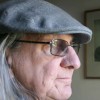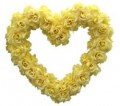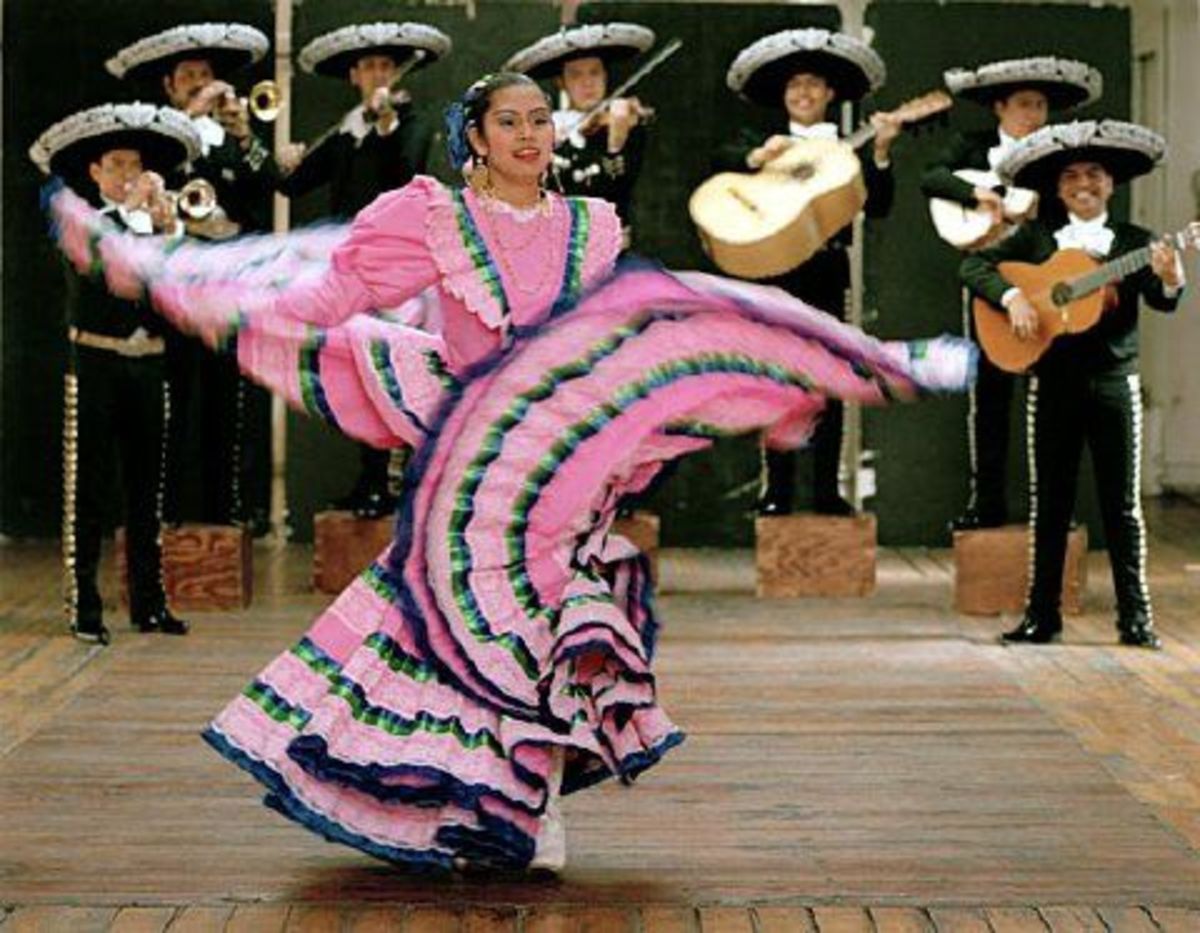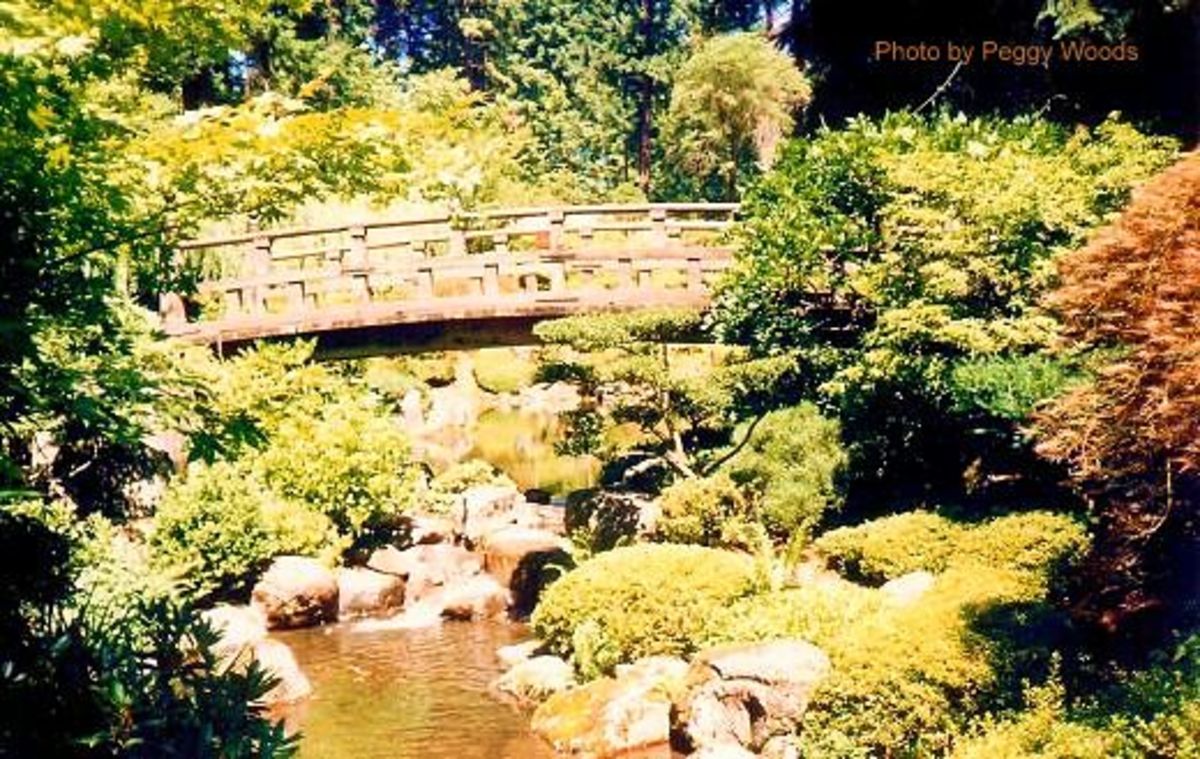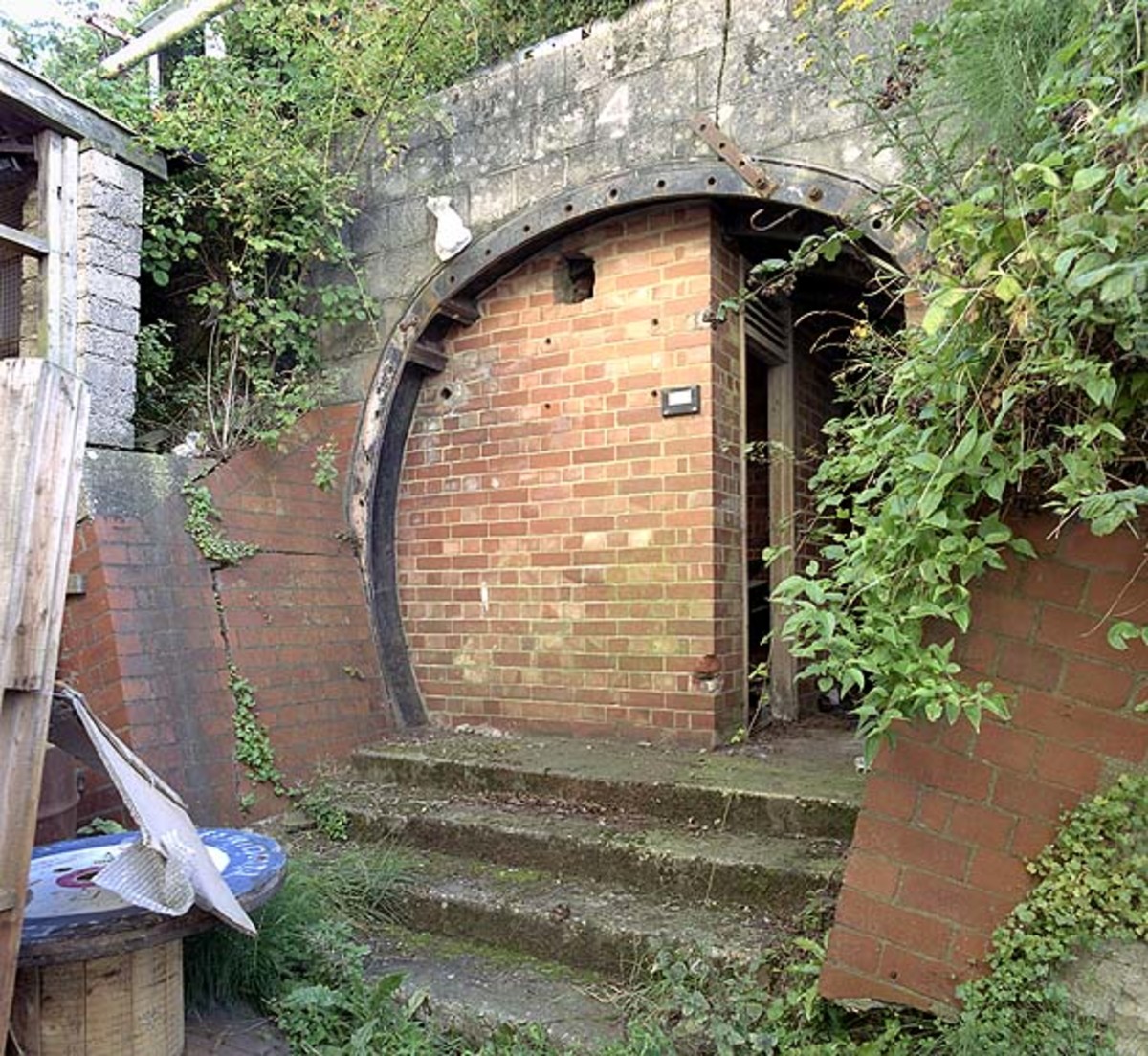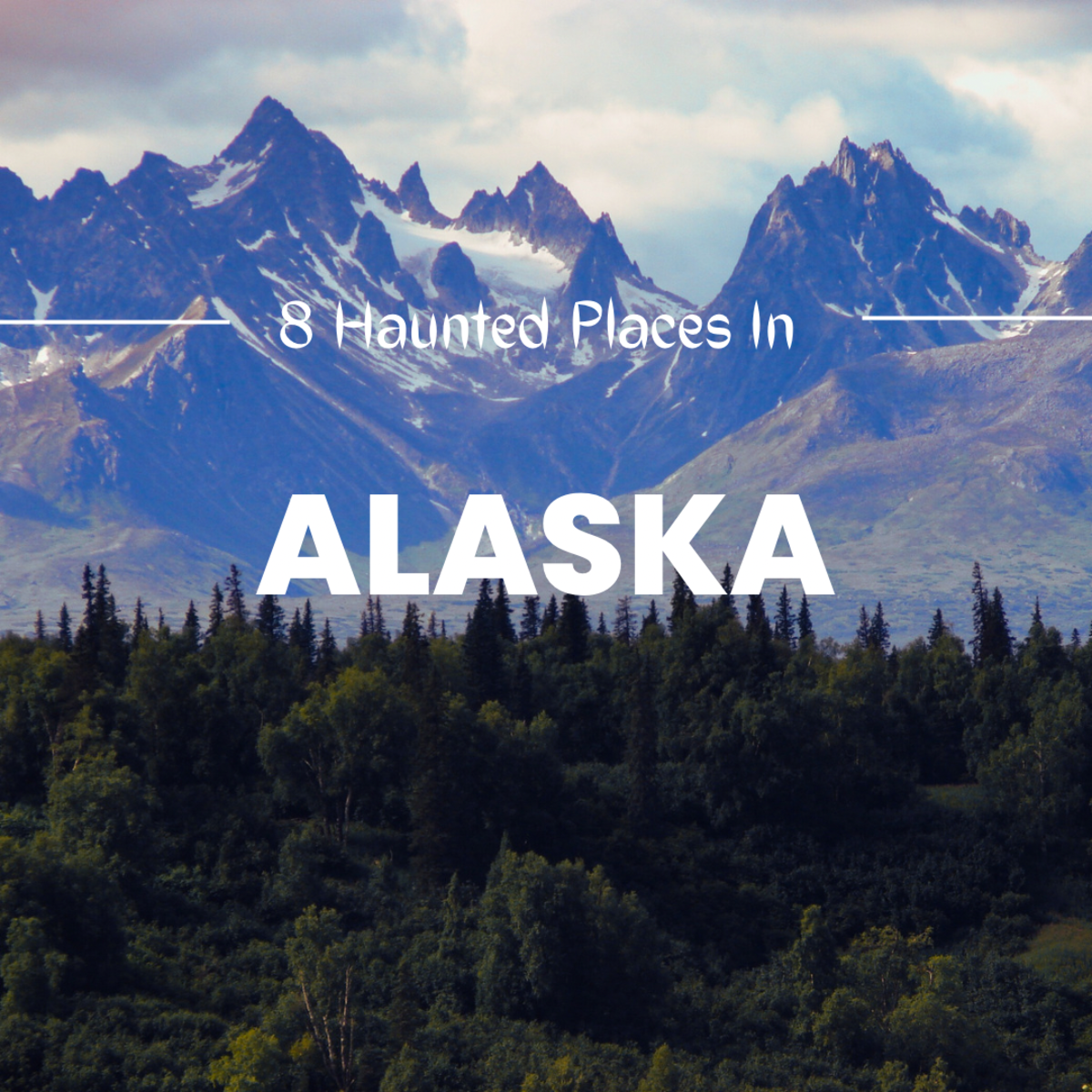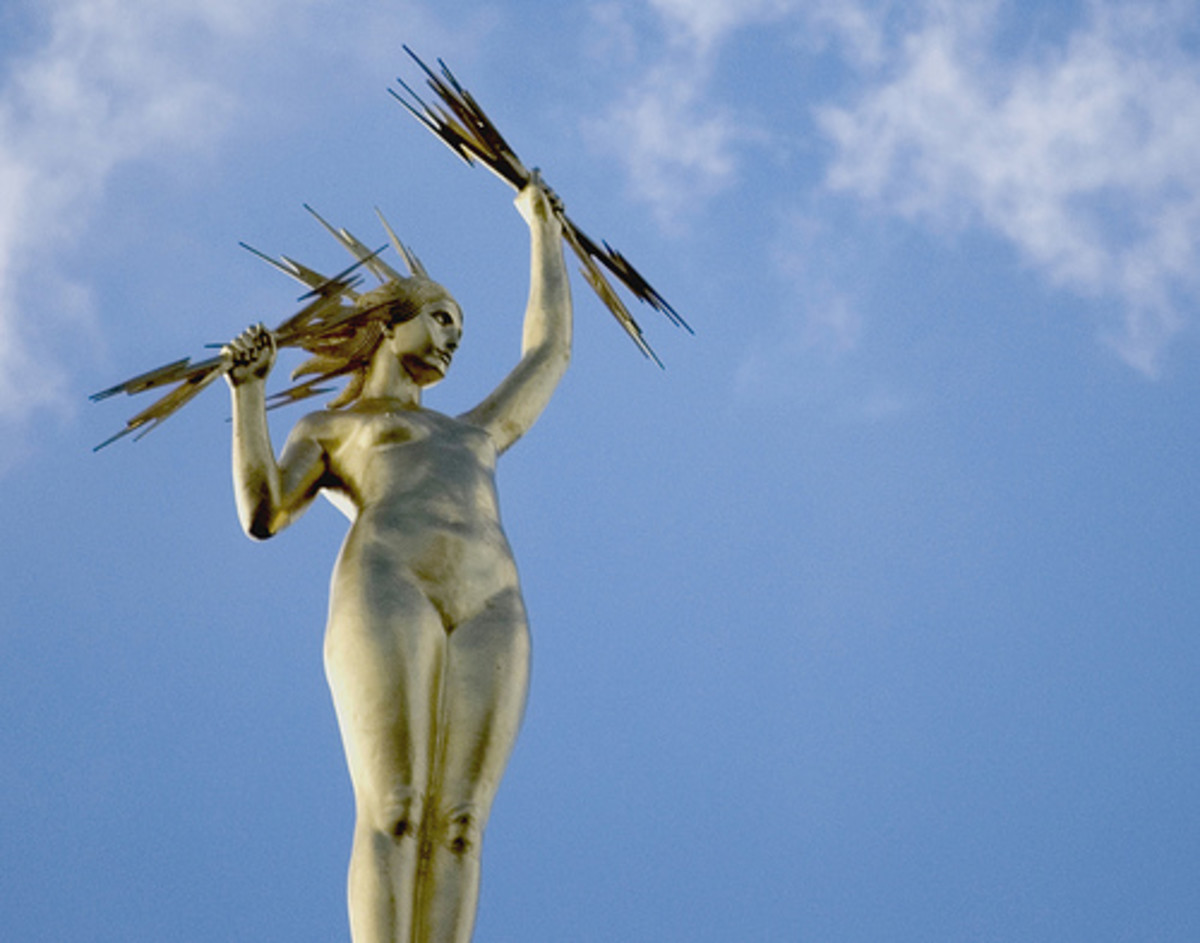Rose Cities of the world
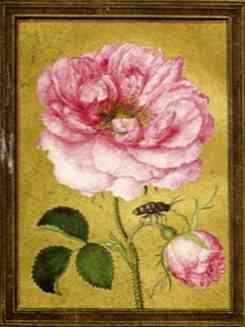
Lovers and artists
The damask rose with beauty gleams,
Its face all bathed in ruddy light,
And shines like some bright star that beams
From out the sombre veil of night.
-
from “The Lesson of the Flowers” by Hafez (c1315 – 1390) translated by E.H. Palmer
Roses have always inspired lovers and artists (are they not perhaps the same thing?) by their beauty. They have the power to invade our dreams and to drive our devotions. Roses have at different times and places for different people been symbols of erotic love, sacred love, social movements and national or tribal loyalties.
That roses are beautiful we all seem to agree on, and that is why several cities have been called the “City of Roses.”
In South Africa the city of Bloemfontein in the Free State Province has that title, and I wrote a Hub about it after having spent some days there on business a while back. Fellow-Hubber Peggy W left a comment on that Hub alerting me to the fact that Portland, Oregon is also called the “City of Roses” and that led me to do a bit of research into what other cities might have been given that title or nick-name. The results have been both fascinating and surprising.
Including Portland there are at least four cities in the US called the “City of Roses”: Portland, Oregon; Pana, Illinois; Cape Girardeau, Missouri; and Pasadena, California. In other countries there are another three, besides Bloemfontein, that I found. These are the Norwegian city of Ålesund; the Mexican city of Guadalajara; and the Iranian city of Shiraz.
There might be more cities in the world with this title or nick-name, but these are the ones I found by doing a Google search.
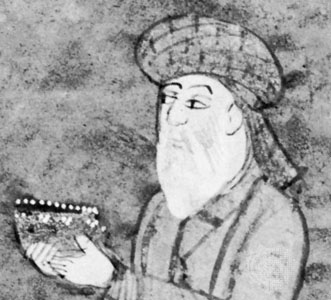
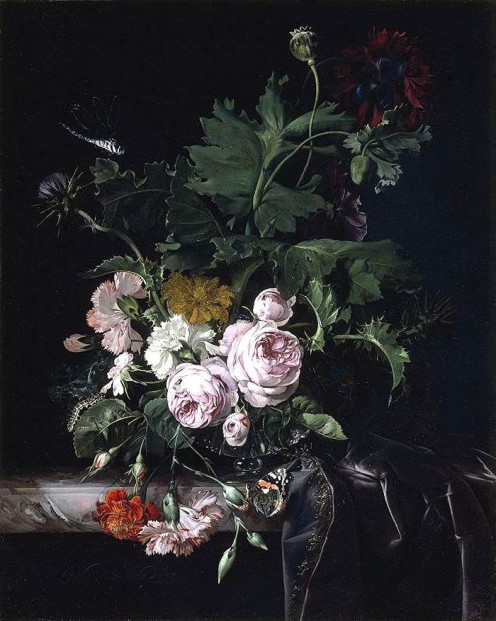

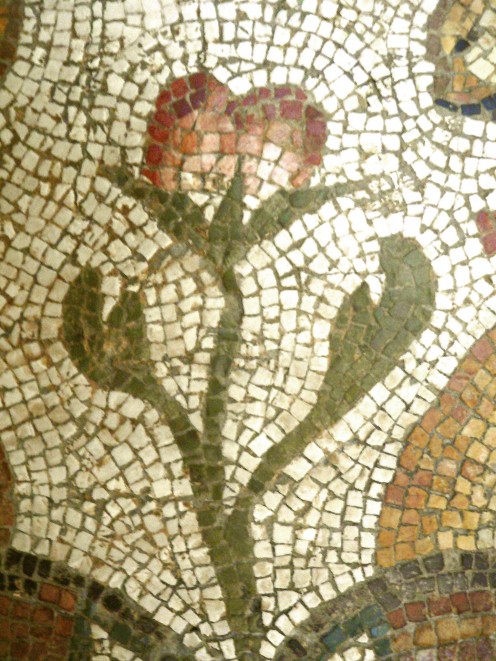
Shiraz: Roses and nightingales
We will start our tour of the Cities of Roses in Shiraz, mainly because it was the home and birthplace of one of the most wonderful writers of love poetry ever, Khwāja Šamsu d-Dīn Muhammad Hāfez-e Šīrāzī, known to most poetry lovers simply as Hafez (sometimes spelt Hafiz). In Persian script his name looks like this: خواجه خواجه شمسالدین محمد حافظ شیرازی
Shiraz is known as the City of Roses, but also as the City of Nightingales, the City of Poets and the City of Gardens. It must be a place of considerable beauty. It is also a very old city, dating back some 4000 years. It was mentioned on an Elamite clay tablet dated to sometime around 2000 years BCE.
For the past 1000 years it has been an important trade centre as well as a centre of culture. In addition to Hafez the poet Saadi also lived in Shiraz. Saadi wrote the Gulistan (The Rose Garden):
“Upon the roses pearls of dew had fallen,
Resembling perspiration on an angry sweetheart's cheek.”
And
“Of what use will be a dish of roses to thee?
Take a leaf from my rose-garden.
A flower endures but five or six days
But this rose-garden is always delightful.”
Another verse from the Gulistan is inscribed over the entrance to the Hall of Nations in the United Nations Building in New York:
“Human beings are members of a whole, In creation of one essence and soul. If one member is afflicted with pain, Other members uneasy will remain. If you have no sympathy for human pain, The name of human you cannot retain.”
Also in the Gulistan is the following story:
“I never lamented about the vicissitudes of time or complained of the turns of fortune except on the occasion when I was barefooted and unable to procure slippers. But when I entered the great mosque of Kufah with a sore heart and beheld a man without feet I offered thanks to the bounty of God, consoled myself for my want of shoes and recited:
“A roast fowl is to the sight of a satiated man
Less valuable than a blade of fresh grass on the table
And to him who has no means nor power
A burnt turnip is a roasted fowl.”
One of Hafez's poems, “The Nightingale”, tells an ancient Persian story. It tells of the lovelorn student who is told by the woman he adores that if he gives her a blood red rose she will dance with him the whole night long at a forthcoming ball. He is shattered when he is unable to find a red rose and so a nightingale tries to help him, but only finds a white rose, which he then stains red with his own blood, dying in the effort. A stanza of this poem reads (in Gertrude Bell's translation):
“The nightingale with drops of his heart's blood
Had nourished the red rose, then came a wind,
And catching at the boughs in envious mood,
A hundred thorns about his heart entwined.
Like to the parrot crunching sugar, good
Seemed the world to me who could not stay
The wind of Death that swept my hopes away.”
With a population of around 1.2 million people Shiraz is the sixth largest city in Iran.
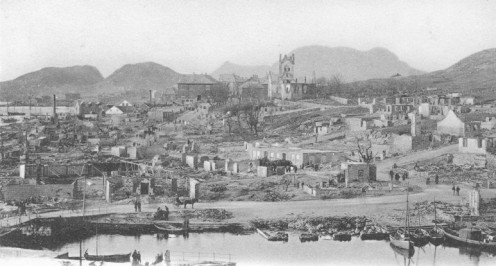
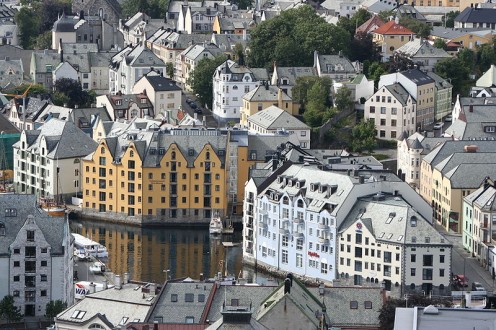
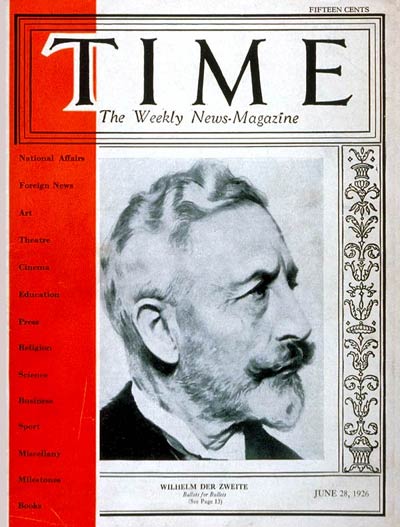
Ålesund: jugendstil in the north
This city is in Norway, and is unique in being almost completely built in the Jugendstil, or Art Nouveau, style. It is known as one of the most concentrated examples of this style of architecture.
This came about as a result of a devastating fire which almost completely destroyed the town in 1904.
The fire was started in the Aalesund Preserving Co.’s factory at around 2 o'clock in the morning of Saturday, 23 January, allegedly by a cow kicking over a torch. The city, which at that time had about 11000 inhabitants, was almost entirely built of wood, only one building in the city centre was built of stone, and the fire, assisted by a strong wind, spread rapidly so that the people had to flee, mostly on foot, with just what they could grab and carry. Some eight hundred houses were destroyed in the fire.
There was only one death as a result of the fire, 76-year-old Ane Heen, who went back into her house to fetch her purse. The survivors had to find shelter wherever they could. About 200 spent some time in the church at Borgund.
Queen Victoria's grandson, Kaiser Wilhelm II of Germany, had spent some vacations at Ålesund which he had greatly enjoyed. He heard the news of the fire early on that Saturday morning and before the fire had been extinguished his first telegram was received. Wilhelm subsequently sent four ships with supplies, personnel, material and equipment to help those who had been displaced by the fire.
The re-building of the city started in 1904, with some 20 master builders and 30 Norwegian architects designing a new city predominantly in the Art Nouveau or Jugendstil style then in vogue. The result is a city much improved over the original. The re-building was completed in 1907, by which time 391 stone or masonry buildings in Art Nouveau style had been built in the central city area and another 285 wooden ones in other parts of the re-zoned city. By the time re-building was complete Ålesund was the most modern city in Norway, with a new sewage system and telephone cables. It also had almost as many water-closets as all the other cities in Norway together!
The city was established in 1838 and achieved city status in 1848. It currently has a population of just over 40000 people.
Why is Ålesund called the “City of Roses”? I have not been to find any clues to this, and only one site where it is so called. A mystery which perhaps someone else can solve? Much of the information here has been obtained from the website of The Art Nouveau Centre of Norway in Ålesund.

Guadalajara-City: Roses and mariachi
Guadalajara-City is the second-largest city in Mexico, tenth largest in Latin America. It is the capital of the state of Jalisco and has more than 1.5 million inhabitants.
Interestingly, the present site of the city is its fourth since the city's foundation in 1532. It achieved city status from the Spanish King in 1542 in its present site.
The State of Jalisco is the birthplace of mariachi music.
Mariachi is a music form that originated in the town of Cocula near Guadalajara. It has developed out of the interplay of European music and the music indigenous to the area, Western Mexico. It is particularly “people's” music and the mariachi band typically is an ensemble of violins, acoustic guitars, a vihuela (a high-pitched, five-string guitar), a guitarrón (a large acoustic bass) and, sometimes, a harp. Trumpets and other brasses are also sometimes added. While mariachi bands and musicians used to be street performers or buskers, a more professional type of mariachi has developed.
One of the most famous mariachi musicians was Gaspar Vargas, who started his band in Tecalitlán, a town some two hours drive south of Guadalajara. His band consisted of violin, harp, and guitarra de golpe (a 5-string guitar variant). It was also Vargas who first started mariachi bands wearing the now standard gear of the charro suit (traje de charro) instead of the ordinary street clothes that mariachis had worn before. It happened that Vargas and his band were hired in the early 1930s to do a stint at a venue in Tijuana and they wanted to wear a uniform to enhance their identity as a band, but they could not afford a more formal suit and so decided to wear the outfit worn by Mexican vaqueros (cowboys) with very broad-brimmed hats. This has now become the standard attire for a mariachi band.
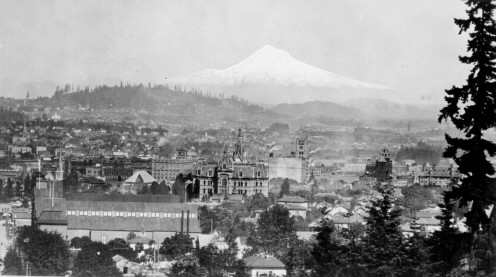
Cities of roses in the US: Portland, Oregon
Some of the most sought-after wooden furniture in South Africa is that made of “Oregon Pine”. So for many South Africans Oregon has a special interest. My first hearing of Portland was via Joan Baez singing Deroll Adams's “Portland Town” in the 1960s:
“I was born in Portland Town...
Got married in Portland Town...
Had children one, two, three...
They sent them away to war...
Ain't got no kids no more.”
Beautiful song beautifully sung and I have had kind of a soft spot for Portland ever since, even though I've never been there.
Portland was incorporated in 1851 with under 1000 inhabitants. By this year it has grown to a city of just over half a million inhabitants, the 29th most populous city in the US.
Authors Ursula K. Le Guin and Jean Auel currently live in Portland, and Oregon has featured in a long list of books and movies. One of the books that I have recently read which has a Portland connection is Don Miller's book Blue Like Jazz , a book that attracted me because of the author's note: “I never liked jazz music because jazz music doesn't resolve. But I was outside the Bagdad Theatre in Portland one night when I saw a man playing the saxophone. I stood there for fifteen minutes, and he never opened his eyes.
“After that I liked jazz music.
“Sometimes you have to watch somebody love something before you can love it yourself. It is as if they are showing you the way.”
I liked that note, which somehow spoke to me.
Just a note about the Bagdad Theatre for those who might not know it: there is a number of movie theatres in Portland which serve beer along with the movie, called “brew and view” theatres, and the Bagdad is one of them. Guess Don Miller was going to see a movie with beer in hand when he saw the sax player!
Portland is known for its beer and coffee as well as its friendly attitude to cyclists.
The reason Portland became known as the City of Roses is that its weather is particularly favourable to rose growing. In the last years of the 19th Century Georgiana Burton Pittock, the wife of the first publisher of The Oregonian started having meetings with friends over coffee and asked each friend to bring a rose bush when they came. These meetings developed into the Portland Rose Society which is still active.
Roses became extremely popular among all residents of Portland and so the nick-name came into being.

Cities of roses in the US: Cape Girardeau, Missouri
In about 1733 a French soldier called Jean D. Girardot established a trading post on a rocky promontory on the Mississippi River. It was a welcome stopping place for trappers and river travellers who called the place Cap Girardot. Although Girardot himself moved on the place began to thrive in the late 18th Century and when the Louisiana Purchase took place it was absorbed into Missouri, where it was incorporated as a town in 1843. It became the biggest port on the river between St Louis and Memphis.
In 1846 a meteorite was observed falling in a location about 7.5 miles south of Cape Girardeau. It landed with a very loud explosion on 14 August that year. It was found to be an ordinary chondrite meteorite weighing approximately 2.5 kilograms.
Cape Girardeau was occupied by Union Forces during the Civil War and for a short time in 1863 General Ulysses S. Grant set up his headquarters there before moving on to Cairo, Illinois. A minor skirmish of the war was fought in the area in the same year.
The city got its nick-name from the 14 km stretch of highway that used to be lined with rose bushes.
The city has a population of somewhat more than 35 000 people as at the 2000 Census.
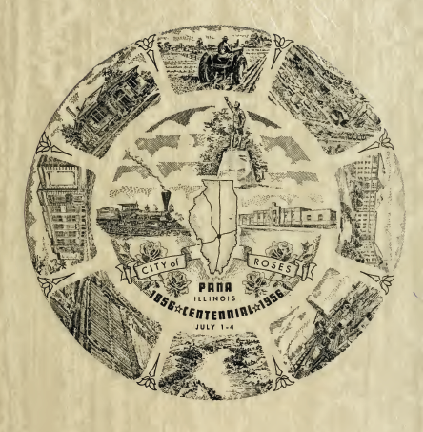
Cities of roses in the US: Pana, Illinois
Pana owes its being to the railroad expansion of the mid 19th Century when the construction of the Illinois Central Railroad was begun. Pana lies in the geographic centre of Illinois.
The first Illinois Central train came to Pana in 1855. Pana was originally known as Stone Coal Precinct which had been founded in 1845 and the name was changed to Pana in 1856.
The town was chartered finally in 1877.
Pana became one of Illinois' leading railroad centres in its day, with four trunk railroads serving it: the Cleveland, Cincinnati, Chicago and St. Louis (New York Central); Chicago & Eastern Illinois (Frisco svstem C&EI); Illinois Central and the Baltimore & Ohio, with at one time 38 trains servicing the city.
The floral industry became one of the city's biggest. It all started between 1875 and 1880 when a Mr Cooper first started greenhouses and growing vegetables. His greenhouses were bought out by Frank Shaffer who diversified into flowers as well as vegetables.
In the early 1900s the editors and publishers of the local newspaper, the Jordan Brothers, coined the city's nick-name of the City of Roses as they foresaw the value the floral industry would have to the city. By the time of the city's centenary in 1956 there were six floral companies in the city.
Coal mining is the other major industry of Pana and has been since the founding of the city more than 100 years ago.
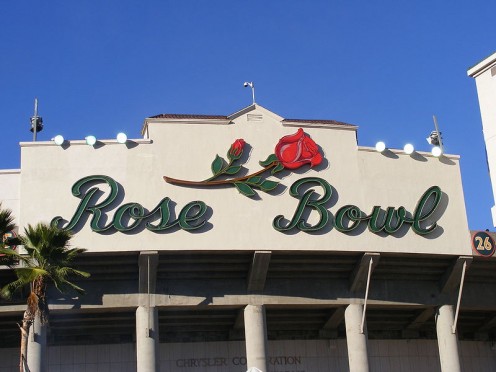
Cities of roses in the US: Pasadena, California
Pasadena, where the 1994 World Cup Final was played, was founded in 1873 by Thomas Eliot and a group of investors seeking cheap land and warm weather. It is in Los Angeles County and has an annual New Year's Day Rose Parade.
It is also home to the famous Rose Bowl, venue of the oldest college football game in the US, the Tournament of Roses Rose Bowl Game, which takes place on New Year's Day every year. The Rose Bowl itself is now a National Heritage Landmark which has hosted five Super Bowls and is home ground for the UCLA Bruins.
Pasadena was incorporated in Los Angeles County in 1886 and became a stop on the Atchison, Topeka and Santa Fe Railway which led to a boom in population.
The name “Pasadena” was chosen by residents from a number of names put forward when the community was campaigning for a Post Office to be established in the area. The name means “of the valley” in the Chippewa language and was proposed by a Dr Thomas Elliott. The area had originally been a settlement of the Hahamog-na tribe, a branch of the Tongva Nation. It became a ranch during the time of Mexican rule and this continued after the cession of California in 1848.
An Indian trail, the Gabrielino Trail, which runs past the west side of the Rose Bowl up into the San Gabriel Mountains has been in use for thousands of years.
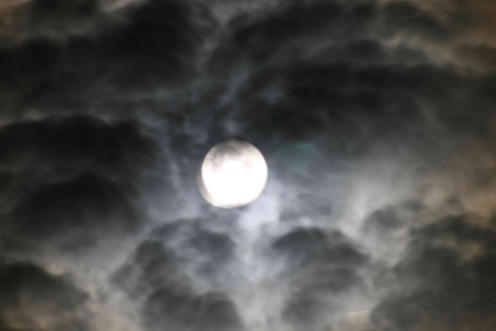
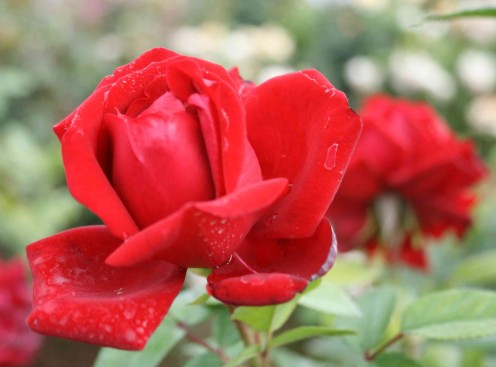
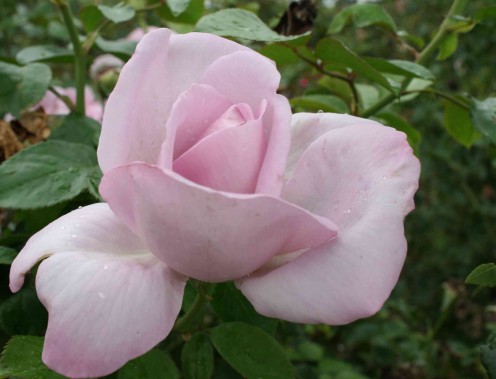

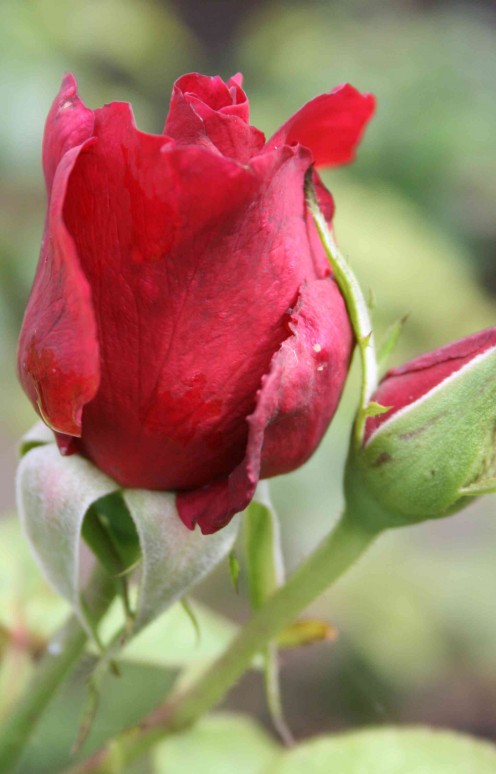
Two Red Roses Across the Moon
There was a lady lived in a hall,
Large of eyes and slim and tall;
And ever she sang from noon to noon,
Two red roses across the moon.
There was a knight came riding by
In early spring, when the roads were dry;
And he heard that lady sing at the noon,
Two red roses across the moon.
Yet none the more he stopped at all,
But he rode a-gallop past the hall;
And left that lady singing at noon,
Two red roses across the moon.
Because, forsooth, the battle was set,
And the scarlet and gold had got to be met,
He rode on the spur till the next warm noon;
Two red roses across the moon.
But the battle was scattered from hill to hill,
From the windmill to the watermill;
And he said to himself, as it neared the noon,
Two red roses across the moon.
You scarce could see for the scarlet and blue
A golden helm or a golden shoe;
So he cried, as the fight grew thick at the noon,
Two red roses across the moon.
Verily then the gold bore through
The huddled spears of the scarlet and blue;
And they cried, as they cut them down at the noon,
Two red roses across the moon.
I trow he stopped when he rode again
By the hall, though draggled sore with the rain;
And his lips were pinched to kiss at the noon
Two red roses across the moon.
Under the may she stooped to the crown,
All was gold, there was nothing of brown,
And the horns blew up in the hall at noon,
Two red roses across the moon.
Copyright Notice
The text and all images on this page, unless otherwise indicated, are by Tony McGregor who hereby asserts his copyright on the material. Should you wish to use any of the text or images feel free to do so with proper attribution and, if possible, a link back to this page. Thank you.
© Tony McGregor 2010
